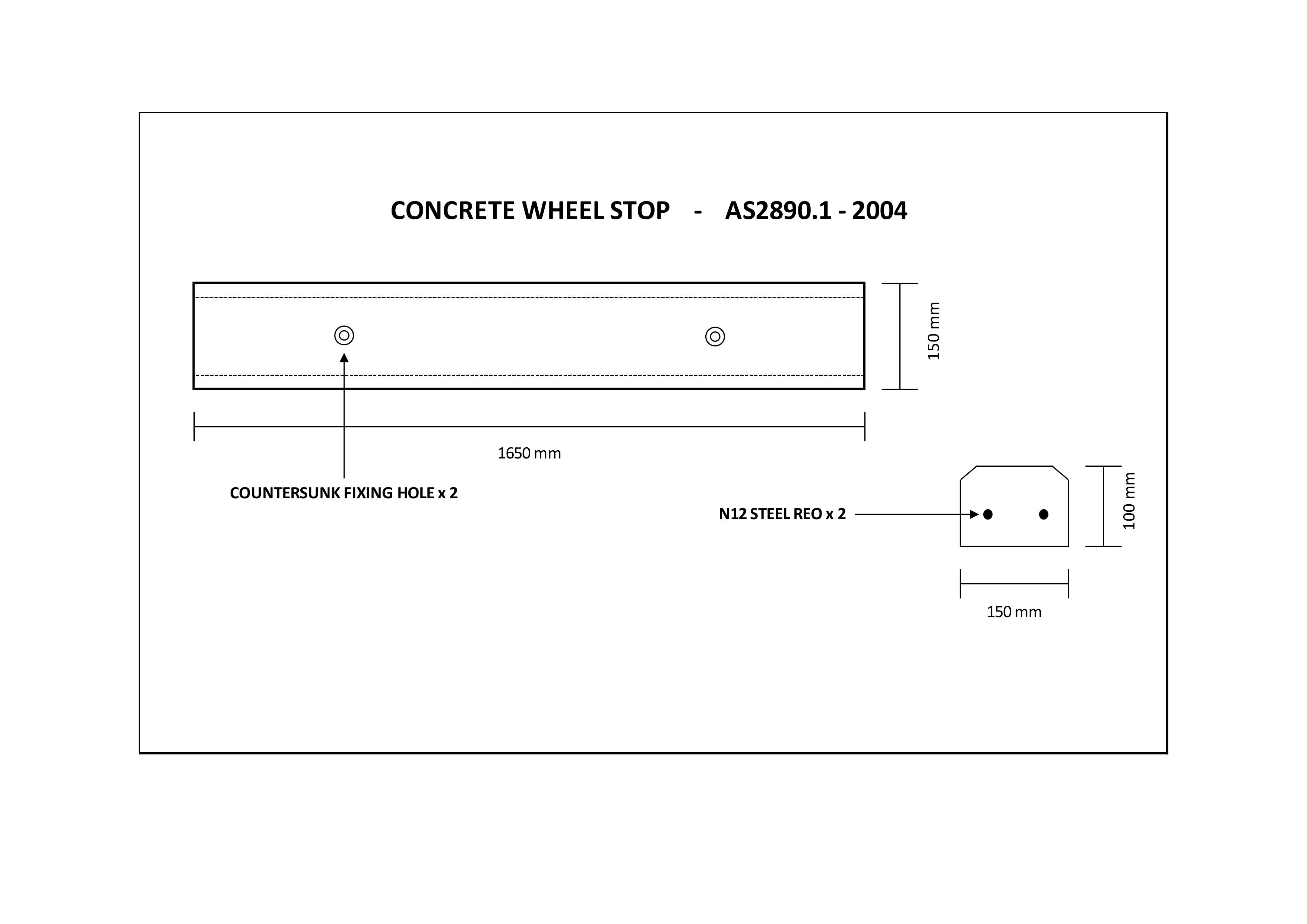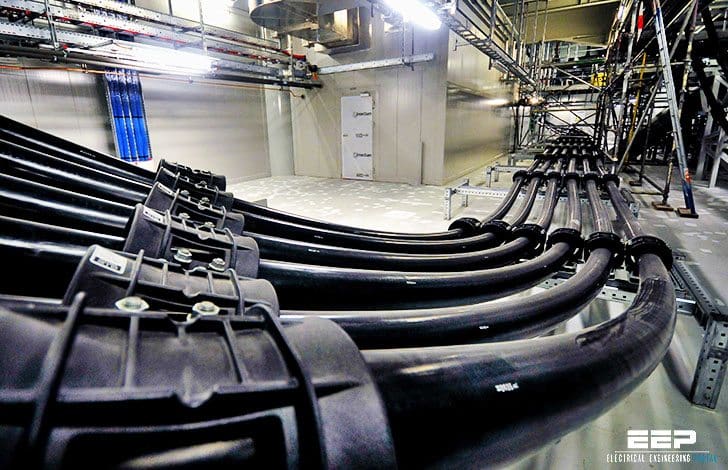Table of Content
Combination smoke and carbon monoxide alarms shall be listed and must bear a label to evidence conformance with UL 217 and ANSI/UL 2034. Exterior stairways designed by the home manufacturer and constructed in the factory must be provided with an artificial light source located in the immediate vicinity of the top landing of the stairway. An artificial light source is not required at the top and bottom landing, provided an artificial light source is located directly over each stairway section. The illumination of exterior stairways must be controlled from inside the home. Handrails must be installed between 34 inches and 38 inches measured vertically from the leading edge of the stairway treads except that handrails installed up to 42 inches high must be permitted if serving as the upper rails of guards required by paragraph of this section. HUD notes the added information required on the Data Plate more clearly identifies whether the home has been designed for an attached carport.
Metal or other manufactured piers must be provided with protection against weather deterioration and corrosion at least equivalent to that provided by a coating of zinc on steel of .30 oz./ft.2 of surface coated. The frame piers must be installed so that the long sides are at right angles to the supported I-beam, as shown in Figure A to this section. Manufactured pier heights must be selected so that the adjustable risers do not extend more than 2 inches when finally positioned. Caps must be solid concrete or masonry at least 4 inches in nominal thickness, or hardboard lumber at least 2 inches nominal in thickness; or be corrosion-protected minimum one-half inch thick steel; or be of other listed materials.
§ 3280.212 Factory Constructed or Site-Built Attached Garages
Specific designs must be approved by a DAPIA and included in the home manufacturer installation instructions. On multi-section manufactured homes, install the sealer gasket on the ceiling, end walls, and floor mate-line prior to joining the sections together. Detailed drawings including all dimensions of the ground anchor assembly and its components. In line ground anchor assembly method. Ground anchor assembly installation and withdrawal procedures for test purposes must be as follows, and must be used consistently throughout all tests.

Piers used for perimeter support must be installed with the long dimension parallel to the perimeter rail. Horizontal offsets from the top to the bottom of the pier must not exceed one inch. Horizontal offsets from the top to the bottom of the pier must not exceed one-half inch.
Changes to the Model Manufactured Home Installation Standards (24 CFR Part
The changes included granting HUD the authority, for the first time, to establish model installation standards for manufactured homes that would become nationwide minimum standards. These installation standards do not have the same preemptive effect as the construction and safety standards; rather, they establish minimum requirements for manufacturers to address through home installation instructions. The MHIA also created the Manufactured Housing Consensus Committee , a federal advisory committee composed of 21 voting members representing manufactured housing producers, retailers, consumers and consumer organizations, and general interest and public officials with an interest in manufactured housing.

Required handrails must be continuous from a point directly above the leading edge of the lowest stair tread to a point directly above the leading edge of the landing or floor surface at the top of the stairway. If the handrail is extended at the top of the stairway flight, the extension must parallel the floor or landing surface and must be at the same height as the handrail above the leading edges of the treads. If the handrail is extended at the base of the stair, it must continue to slope parallel to the stair flight for a distance of one tread depth, measured horizontally, before being terminated or returned or extended horizontally.
Automobile Safety & Fuel Economy
These programs or agencies should not be excluded, especially when state standards are often more stringent. Another commenter recommended that, for paragraph , that the nationally recognized testing agency be accredited to ISO/IEC or 17020. Garages beneath habitable rooms must be separated from all habitable rooms by 5/8-inch, Type X gypsum board or equivalent. Where the separation is a floor ceiling assembly, the structure supporting the separation must also be protected by not less than 1/2-inch gypsum board or equivalent. The design approval and the manufacturer's installation instructions must also include provision for equivalent vertical or horizontal separation between the garage and the manufactured home as appropriate.
Edges must have a minimum 1/8-inch radius. Handrails must be continuously graspable along their entire length except that brackets or balusters are not considered obstructions to graspability if they do not project horizontally beyond the sides of the handrail within 11/2 inches of the bottom of the handrail. Optional ventilation provisions. As an option to complying with the provisions of paragraphs and of this section, ventilation systems complying with ANSI/ASHRAE Standard 62.2 (incorporated by reference, see § 3280.4) may be used.
IV. Incorporation by Reference
This provides consistency across the regulation. If you are using public inspection listings for legal research, you should verify the contents of the documents against a final, official edition of the Federal Register. Only official editions of the Federal Register provide legal notice to the public and judicial notice to the courts under 44 U.S.C. 1503 & 1507.Learn more here.
The HUD-Code is periodically updated based on recommendations of the Manufactured Housing Consensus Committee, comprised of a balanced group of users, producers, general interest and public officials who meet on a regular basis to work on recommendations for revisions to the MHCSS. In 1974, Congress passed the National Manufactured Housing Construction and Safety Standards Act which authorized the Department of Housing and Urban Development to establish construction standards for manufactured homes. In 2000, Congress updated the 1974 Act.
The commenter stated that HUD gave no indication in the proposed rule of when or even if multi-unit/multi-family manufactured homes will be addressed by promulgating new standards that are clearly and uncontrovertibly within the scope of present federal law. The commenter concluded that HUD should include MHCC recommended standards for multi-unit/multi-family manufactured homes in any final rule under the present docket. Congress made significant statutory changes through the Manufactured Housing Improvement Act of 2000.

The materials listed below are available for purchase from the Structural Engineering Institute/American Society of Civil Engineers (SEI/ASCE), 1801 Alexander Bell Drive, Reston, Virginia 20191. The materials listed below are available for purchase from the Federal Emergency Management Administration , 500 C Street, SW., Washington, DC 20472. The materials listed below are available for purchase from American Wood-Preservers' Association , P.O. The materials listed below are available for purchase from the Air Conditioning Contractors of America , 2800 Shirlington Road, Suite 300, Arlington, Virginia 22206.
Without an explanation of the test parameters and how the test would be administered, the commenter was concerned this provision would be inconsistently enforced. As an alternative, the commenter recommended that HUD introduce a minimum standard for illumination. “Alarms” and “detectors” are different items that serve different purposes. HUD changed references from “detector” to “alarm” in response to public comment.

The ends of handrails must return into a wall or terminate in a safety terminal or newel post. Circular stairways must have a tread depth at a point not more than 12 inches from the side where the treads are narrower of not less than 11 inches and the minimum depth of any tread must not be less than 6 inches. Tread depth at any walking line, measured a consistent distance from a side of the stairway, must be uniform as specified in paragraph of this section. Spiral stairways are permitted provided the minimum width is a minimum 26 inches with each tread having 71/2 inch minimum tread width at 12 inches from the narrow edge.
One commenter stated that the requirement that installers extend water heater relief valve piping to beyond the skirting of the home would very likely create an imminent safety hazard because it carries superheated, pressurized water, so it should be deleted. Another commenter stated that if the relief valve is directed to outside the crawl space, there would be a possibility of personal injury to those nearby. The commenter explained that water heater manufacturers do not allow additional piping to be installed directly on the pressure relief valve. They require “air gaps” when directing into additional piping. The commenter concluded that HUD should reject these changes. Another commenter stated that paragraph requires inspection at an installation site in stages but does not clarify who would provide inspections.













